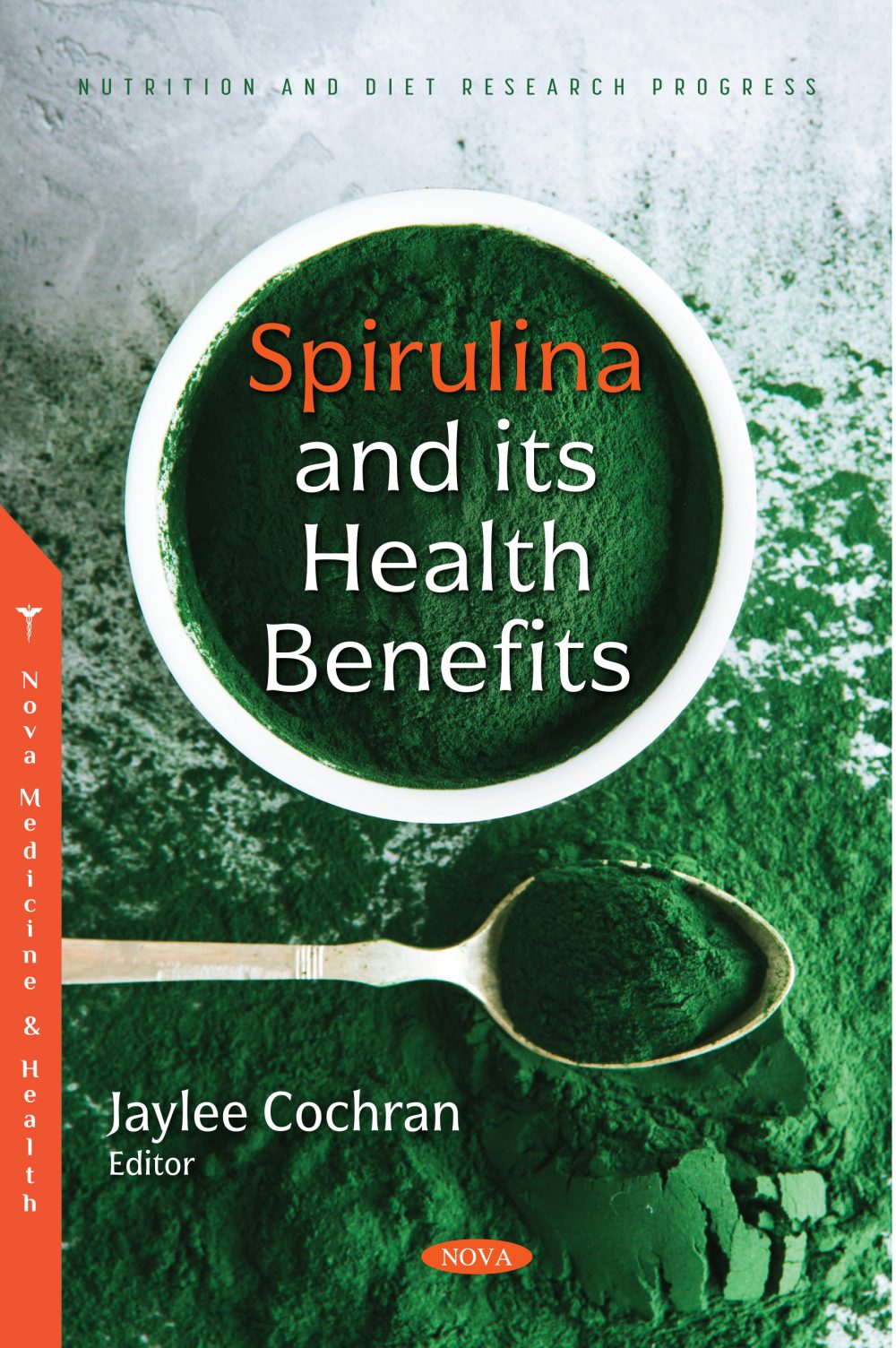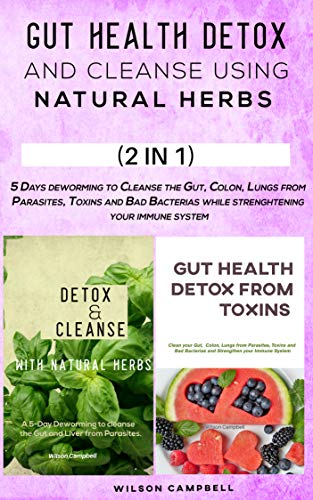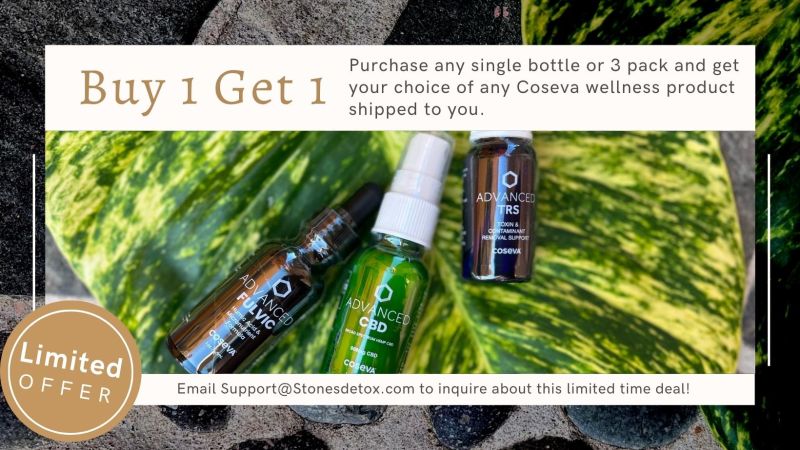
Healthy eating habits are key to maintaining healthy skin. The quality of your food and how it is prepared can make a huge difference to your skin's appearance. It is important to eat fruit and vegetables, but you should also choose low-fat dairy foods whenever possible. Nuts, seeds, and beans should be included in your diet. Whole-grain products should be preferred when possible. Your intake of sweets should be restricted, but you should aim to include a range of these in your daily diet.
Antioxidants can be found in many fruits and vegetables. Antioxidants protect our skin against cellular damage from free radicals. These free radicals can cause skin cell damage, including wrinkles and age spots. Eat at least five servings of fruit or vegetables daily to get the most benefit. Betacarotene can be found in carrots and sweet potatoes, which is beneficial in fighting free radicals. Lycopene, which is an essential component of healthy skin cells, can be found in tomatoes and broccoli.
Avocados are a good source of antioxidants. They are able to fight free radicals. These can damage DNA and cause irreversible damage to healthy skin cells. High levels of antioxidants are found in blueberries, strawberries, and blackberries. These berries have been linked to reduced sun damage, according to studies. These foods can be easily added to smoothies to increase antioxidant intake. Flaxseed and omega-3 fat acids are also found in this healthy food.
Asparagus is high in Omega-3 fatty acids and antioxidants, which help the skin stay hydrated and flexible. You should also include spinach, avocado, and beets in your diet to improve your complexion. These foods are rich in nutrients and phytonutrients. They also contain antioxidants, phytochemicals, and other nutrients that protect the skin from harmful free radicals. To enhance the benefits of these foods, you can add some goat cheese or walnuts into your daily meals.
Another healthy food is green tea. Tea is a great way of preventing wrinkles and combating sun damage. This antioxidant can be found in green tea and helps to reduce skin inflammation. Green tea is a great choice for health, even though it has a higher level of antioxidants than coffee. It's a great way for your skin to get antioxidants and improve your health. If you're looking for a supplement, you can try green tea and almonds.

Green tea is great for skin health. Certain teas may be more effective when taken with milk. It is rich in catechins, powerful antioxidants that protect your skin from drying out. Red grapes, guavas and other fruits can also be added to your diet. These foods have high levels of vitamin A, which protects skin from damaging free radicals. They can also help reduce signs of aging. Green tea is recommended for anyone who wants healthy skin.
Healthy skin only comes from eating foods rich in healthy fats. Avocados and walnuts are good sources of healthy fats. These foods will increase the number of skin cells and keep your skin soft. Consuming these foods will increase your body's ability to produce new skin cells. Your cancer risk will also be decreased. There are many foods that have greater health benefits than others. You can slow the effects of aging by eating healthy foods that promote youth.
Other foods that help maintain healthy skin are foods that contain omega-3 fatty acids. These are also found in fish, so omega-3 supplements may be helpful to support your skin's barrier. Soy is an excellent source of omega-3s fatty acids. Also, isoflavones have a positive effect on your skin. These food items are rich with antioxidants which can help you maintain a beautiful skin complexion. These foods also contain antioxidants which are essential for healthy skin.

Zinc can also be found in salmon. Salmon is high in zinc but also contains omega-3 fat acids. If you're not getting enough zinc, you may be at risk of developing lesions, inflammation, and delayed wound healing. Zinc is also found in salmon and avocados. These foods are great for skin health. Zinc is important for skin health and also contains essential minerals. These are the essential components of healthy skin.
FAQ
What is the minimum requirement to become a chef?
No. No. Many chefs began their careers learning by themselves. Some even went on to culinary school to gain work experience. But most chefs prefer culinary school as it offers them more opportunities for learning and growth. Culinary schools allow students to learn hands-on skills, and this helps them improve their cooking knowledge.
How can I be motivated to cook?
Cooking is fun when you share food with family and friends. Cooking for yourself is much more enjoyable than cooking for others. Try making something new if your goal is to become more motivated to cook. You will be able to learn new techniques and ingredients. You can also use recipes from other cultures to increase your culinary knowledge.
What should a beginner chef learn?
An easy dish to start with is pasta, rice, or soup. For those who want to learn how cook, a recipe book is a good option. It's much more fun to cook with someone you know. Try cooking together as a family, or have friends share the experience.
What are the requirements to become a chef?
To become a chef, you must have a bachelor's degree in culinary arts. You will also need to pass several tests administered by ACF. After you have completed all requirements, you will receive a certificate confirming your qualifications.
Do I have to learn how to cook with my children?
Yes! Kids love to help in the kitchen. It's a fun activity that teaches them responsibility and teamwork. You can have your children help you with everything, from washing vegetables to cutting onions. Children will love helping to cook if they are taught safe knife handling techniques.
Do I need special equipment to cook?
You don't require any special equipment to learn how to cook. However, having the right tools can make cooking easier. A knife can be used instead of a fork when making pasta, or a whisk could be used to whip up stiff egg whites. Having the right tools can make cooking less daunting and allow you to get started faster.
Statistics
- under 10 Kids have been taught that there is special food just for them, and Fiese says that 10 percent of kids will throw a tantrum if they don't get the food they want. (washingtonpost.com)
- On average, chefs earn $58,740 a year, according to the BLS. - learnhowtobecome.org
- You'll be amazed that over 90% of CIA students receive scholarships and grants to finish their culinary studies. (ischoolconnect.com)
External Links
How To
How to cook steak
The thickness and cooking method of any kind of meat will affect the way it is cooked. Thicker steaks cook best at low heat. Thicker steaks require higher temperatures.
You should also ensure you don't overcook them because they'll lose flavor. Make sure to remove the steaks from the pan after it is done. This will help you avoid burning your skin.
Cooking time will depend on the size of your steak and the desired level of doneness. These are some guidelines:
Medium Rare: Cook until medium rare, which means the internal temperature reaches 145degF (63degC). This should take between 3 and 5 min per side.
Medium: Cook until medium, which means the internal temp reaches 160degF (71degC). This usually takes only 6 minutes per side.
Well Done: Cook until well done, which means the internal temps reach 180degF (82degC). This takes between 8 and 12 minutes per side.